The relationship between the amounts of products and reactants in a chemical reaction can be expressed in units of moles or masses of pure substances, of volumes of solutions, or of volumes of gaseous substances. The ideal gas law can be used to calculate the volume of gaseous products or reactants as needed. A gas collected in such a way is not pure, however, but contains a significant amount of water vapor. The measured pressure must therefore be corrected for the vapor pressure of water, which depends strongly on the temperature. Eventually, these individual laws were combined into a single equation—the ideal gas law—that relates gas quantities for gases and is quite accurate for low pressures and moderate temperatures. We will consider the key developments in individual relationships , then put them together in the ideal gas law.
Using this calculator, you can calculate the molar volume of a gas for arbitrary temperature and pressure. Just note that for big values real gases divert from ideal gas law (that's why they are not "ideal") and this formula can't be used. The behavior of gases can be described by several laws based on experimental observations of their properties. The pressure of a given amount of gas is directly proportional to its absolute temperature, provided that the volume does not change (Amontons's law).
The volume of a given gas sample is directly proportional to its absolute temperature at constant pressure (Charles's law). The volume of a given amount of gas is inversely proportional to its pressure when temperature is held constant (Boyle's law). Under the same conditions of temperature and pressure, equal volumes of all gases contain the same number of molecules (Avogadro's law). Gases whose properties of P, V, and T are accurately described by the ideal gas law are said to exhibit ideal behavior or to approximate the traits of an ideal gas.
An ideal gas is a hypothetical construct that may be used along with kinetic molecular theory to effectively explain the gas laws as will be described in a later module of this chapter. Although all the calculations presented in this module assume ideal behavior, this assumption is only reasonable for gases under conditions of relatively low pressure and high temperature. In the final module of this chapter, a modified gas law will be introduced that accounts for the non-ideal behavior observed for many gases at relatively high pressures and low temperatures. Previously, we considered only ideal gases, those that fit the assumptions of the ideal gas law. Gases, however, are never perfectly in the ideal state. When pressure is low and temperature is low, gases behave similarly to gases in the ideal state.
When pressure and temperature increase, gases deviate farther from the ideal state. We have to assume new standards, and consider new variables to account for these changes. A common equation used to better represent a gas that is not near ideal conditions is the van der Waals equation, seen below. The ideal gas law formula states that pressure multiplied by volume is equal to moles times the universal gas constant times temperature. This relationship between temperature and pressure is observed for any sample of gas confined to a constant volume.
An example of experimental pressure-temperature data is shown for a sample of air under these conditions in . An example of experimental pressure-temperature data is shown for a sample of air under these conditions in Figure 9.11. And is a proportionality constant that relates the values of pressure, volume, amount, and temperature of a gas sample. The variables in this equation do not have the subscripts i and f to indicate an initial condition and a final condition. The ideal gas law relates the four independent properties of a gas under any conditions.
The volume and temperature are linearly related for 1 mole of methane gas at a constant pressure of 1 atm. If the temperature is in kelvin, volume and temperature are directly proportional. Charles's law states that the volume of a given amount of gas is directly proportional to its temperature on the kelvin scale when the pressure is held constant. Molar volume of a gas can be defined as volume of gas occupied by one mole of gas at 1 atm pressure and 273K temperature. If you use ideal gas equation volume of one mole of gas will be 22.4L. Is the volume occupied by one mole of a chemical element or a chemical compound.
It can be calculated by dividing the molar mass by mass density (ρ). Molar gas volume is one mole of any gas at a specific temperature and pressure has a fixed volume. This ideal gas law calculator will help you establish the properties of an ideal gas subject to pressure, temperature, or volume changes. Read on to learn about the characteristics of an ideal gas, how to use the ideal gas law equation, and the definition of the ideal gas constant. Where Z is the gas compressibility factor, which is a useful thermodynamic property for modifying the ideal gas law to account for behavior of real gases. The above equation is basically a simple equation of state .
The molar volumes of all gases are the same when measured at the same temperature and pressure (22.4 L at STP), but the molar masses of different gases will almost always vary. Calculations involving the mole can be used to determine unknown concentrations, volumes and masses in reactions. One mole of any gas occupies 24 cubic decimetres at room temperature and pressure. If a sample of gas has an initial pressure of 1.56 atm and an initial volume of 7.02 L, what is the final volume if the pressure is changed to 1,775 torr?
Assume that the amount and the temperature of the gas remain constant. This means equal amounts of moles of gases occupy the same volume under the same conditions of temperature and pressure. The ideal gas equation contains five terms, the gas constant R and the variable properties P, V, n, and T. Specifying any four of these terms will permit use of the ideal gas law to calculate the fifth term as demonstrated in the following example exercises.
The volume of gas collected and the gas laws can be used to calculate the number of moles of gas collected. 4 g of an ideal gas was confined in a 1.0 L flask at 1.0 atm. Increasing temperature of flask by 30oC increases gas pressure by 8%. As we stated earlier, the shape of a gas is determined entirely by the container in which the gas is held.
Sometimes, however, the container may have small holes, or leaks. Molecules will flow out of these leaks, in a process called effusion. Because massive molecules travel slower than lighter molecules, the rate of effusion is specific to each particular gas. We use Graham's law to represent the relationship between rates of effusion for two different molecules. This relationship is equal to the square-root of the inverse of the molecular masses of the two substances.
One mole of any gas occupies the same volume when measured under the same conditions of temperature and pressure. In this experiment, the volume of one mole of hydrogen is calculated at room temperature and pressure. To apply this gas law, the amount of gas should remain constant.
As with the other gas laws, the temperature must be expressed in kelvins, and the units on the similar quantities should be the same. Because of the dependence on three quantities at the same time, it is difficult to tell in advance what will happen to one property of a gas sample as two other properties change. If a sample of gas has an initial pressure of 375 torr and an initial volume of 7.02 L, what is the final pressure if the volume is changed to 4,577 mL? Assume that amount and the temperature of the gas remain constant. Experience has shown that several properties of a gas can be related to each other under certain conditions.
The properties are pressure , volume , temperature , and amount of material expressed in moles . What we find is that a sample of gas cannot have any random values for these properties. Instead, only certain values, dictated by some simple mathematical relationships, will occur. Imagine filling a rigid container attached to a pressure gauge with gas and then sealing the container so that no gas may escape. If the container is cooled, the gas inside likewise gets colder and its pressure is observed to decrease.
Since the container is rigid and tightly sealed, both the volume and number of moles of gas remain constant. If we heat the sphere, the gas inside gets hotter () and the pressure increases. If we heat the sphere, the gas inside gets hotter (Figure 9.10) and the pressure increases.
If we heat the sphere, the gas inside gets hotter and the pressure increases. This relationship shows us that the only way to increase the volume of gas, V, while maintaining the same temperature and pressure, is to increase the moles of gas, n, that are present, that is, add more gas. This relationship shows us that if we increase the moles of gas, n, by adding more gas while maintaining the same temperature and pressure, the volume of gas, V, will also increase. Ions with large hydrophobic surfaces such as tertaalkylammonium ions in effect increase hydrogen bonding in the adjacent water structure, which entails a further contribution, V∞caged.
If this effect prevails, the ion is a structure-making ion, in contrast to the structure-breaking ions with a large V∞disorder term. Aballoon with a volume of 8.00 Lis known to contain 1.200 moles of gas. How many moles of gas remain if some of the gas is released and the new volume is 5.25 L? If we partially fill an airtight syringe with air, the syringe contains a specific amount of air at constant temperature, say 25 °C.
This example of the effect of volume on the pressure of a given amount of a confined gas is true in general. Decreasing the volume of a contained gas will increase its pressure, and increasing its volume will decrease its pressure. In fact, if the volume increases by a certain factor, the pressure decreases by the same factor, and vice versa. Volume-pressure data for an air sample at room temperature are graphed in . Volume-pressure data for an air sample at room temperature are graphed in Figure 9.13. Examples and practice problems of solving equation stoichiometry questions with gases.
We calculate moles with 22.4 L at STP, and use molar mass and mole ratios to figure out how many products or reactants we have. The most common molar volume is the molar volume of an ideal gas at standard temperature and pressure (273 K and 1.00 atm). Volume-pressure data for an air sample at room temperature are graphed in Figure 5. 1 mole of an ideal gas occupies a specific volume at a particular temperature and pressure.
To understand how the ideal gas equation and the stoichiometry of a reaction can be used to calculate the volume of gas produced or consumed in a reaction. Molar mass is equal to the mass of one mole of a particular element or compound; as such, molar masses are expressed in units of grams per mole (g mol–1) and are often referred to as molecular weights. The molar mass of a particular gas is therefore equal to the mass of a single particle of that gas multiplied by Avogadro's number (6.02 x 1023 ). To find the molar mass of a mixture of gases, you need to take into account the molar mass of each gas in the mixture, as well as their relative proportion. For the ideal gas equation, note that the product PV is directly proportional to T.
There are several units used for gas volume, gas pressure and temperature. It is important to be consistent with the use of units when carrying out gas law calculations. The Syllabus states that SI units will be used wherever possible. One mole of any gas has a volume of 24dm³ or 24000cm³ at room temperature and pressure, this is the molar volume of gas.
So, if you are given these values for temperature and pressure, the volume occupied by any number of moles of an ideal gas can be easily derived from knowing that 1 mole occupies 22.4 L. If the chamber's volume is held constant while some molecules are removed, the density decreases and the specific volume increases. If the chamber expands while the number of molecules remains constant, the gas density decreases and the specific volume increases. Specific volume is defined as the number of cubic meters occupied by one kilogram of matter. It is the ratio of a material's volume to its mass, which is the same as the reciprocal of its density. In other words, specific volume is inversely proportional to density.
Specific volume may be calculated or measured for any state of matter, but it is most often used in calculations involving gases. We can use the ideal gas equation to calculate the volume of 1 mole of an ideal gas at 0°C and 1 atmosphere pressure. AQA Chemistry4.3 Quantitative chemistry4.3.5 Use of amount of substance in relation to volumes of gases The volume of one mole of any gas at room temperature and pressure (20°C and 1 atmosphere pressure) is 24 dm³. What is its volume if the temperature is changed to −35°C?
Assume that the pressure and the amount of the gas remain constant. What is its volume if the temperature is changed to 60°C? If a sample of gas has an initial pressure of 3.66 atm and an initial volume of 11.8 L, what is the final pressure if the volume is reduced to 5.09 L? If a sample of gas has an initial pressure of 1.56 atm and an initial volume of 7.02 L, what is the final volume if the pressure is reduced to 0.987 atm? Temperature is sometimes measured with a gas thermometer by observing the change in the volume of the gas as the temperature changes at constant pressure. The hydrogen in a particular hydrogen gas thermometer has a volume of 150.0 cm3 when immersed in a mixture of ice and water (0.00 °C).
When immersed in boiling liquid ammonia, the volume of the hydrogen, at the same pressure, is 131.7 cm3. Find the temperature of boiling ammonia on the kelvin and Celsius scales. The interest stems from that accurate measurements of the unit cell volume, atomic weight and mass density of a pure crystalline solid provide a direct determination of the Avogadro constant. In another lesson, you learned about ideal gases and the ideal gas equation.
But since real gases behave similarly to ideal gases at normal temperatures and pressures, we can use the ideal gas equation to predict the behavior of real gases under these conditions. Likewise, the only way to decrease the volume of gas, V, while maintaining the same temperature and pressure, is to decrease the moles of gas, n, that are present, that is, remove some of the gas. Likewise, if we decrease the moles of gas, n, by removing some of the gas while maintaining the same temperature and pressure, the volume of gas, V, will also decrease.
B Use the ideal gas law to determine the volume of O2 required under the given conditions. Be sure that all quantities are expressed in the appropriate units. This online calculator calculates the molar volume of an ideal gas at different conditions . You can read about the formula and the most commonly used conditions below the calculator.
Gases aren't very dense compared to solids and liquids, but they still have a density. Density is defined as mass per volume, and the relation between mass and moles of course is the molecular weight, Mw. The reader may have noticed that in the examples above, we really didn't care which ideal gas we talked about, just that it was ideal. Usually with density calculations, we need to know what gas we are talking about so we can calculate its molecular weight and thus put mass into the calculation. The following shows the relationships between the number of moles, number of particles, mass and volume of gases.
When stating molar volume numerical values, it is important to also state the given conditions of temperature and pressure. Where x i is the mole fraction of the ith component, M i is the molecular mass of the ith component and ρmixture is the mixture density at the given temperature and pressure. The molar volume of a gas expresses the volume occupied by 1 mole of that respective gas under certain temperature and pressure conditions. If the chamber's volume is held constant while new molecules are added, the density increases and the specific volume decreases.
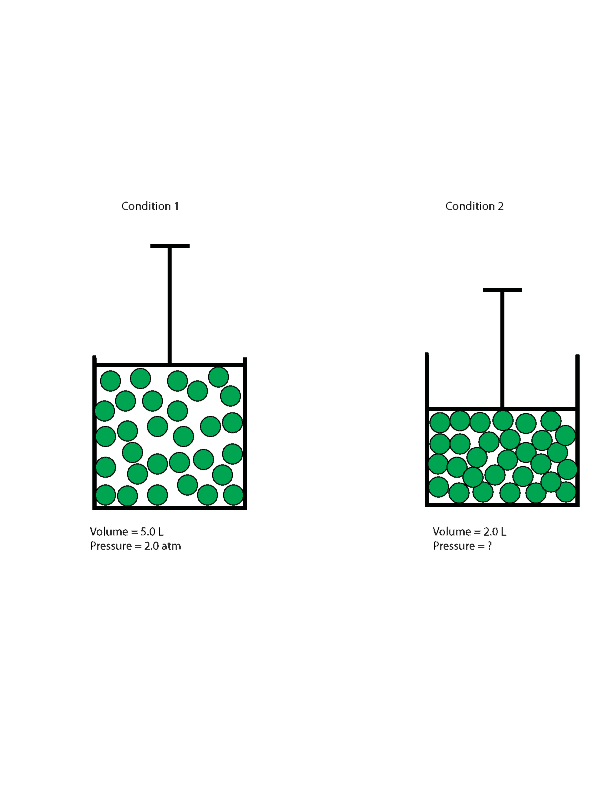













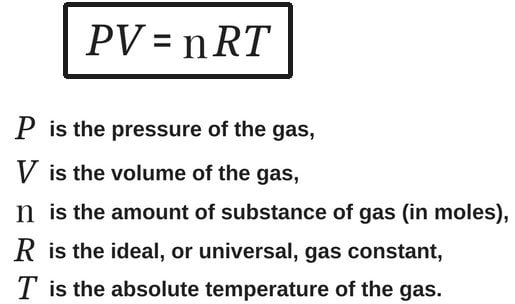
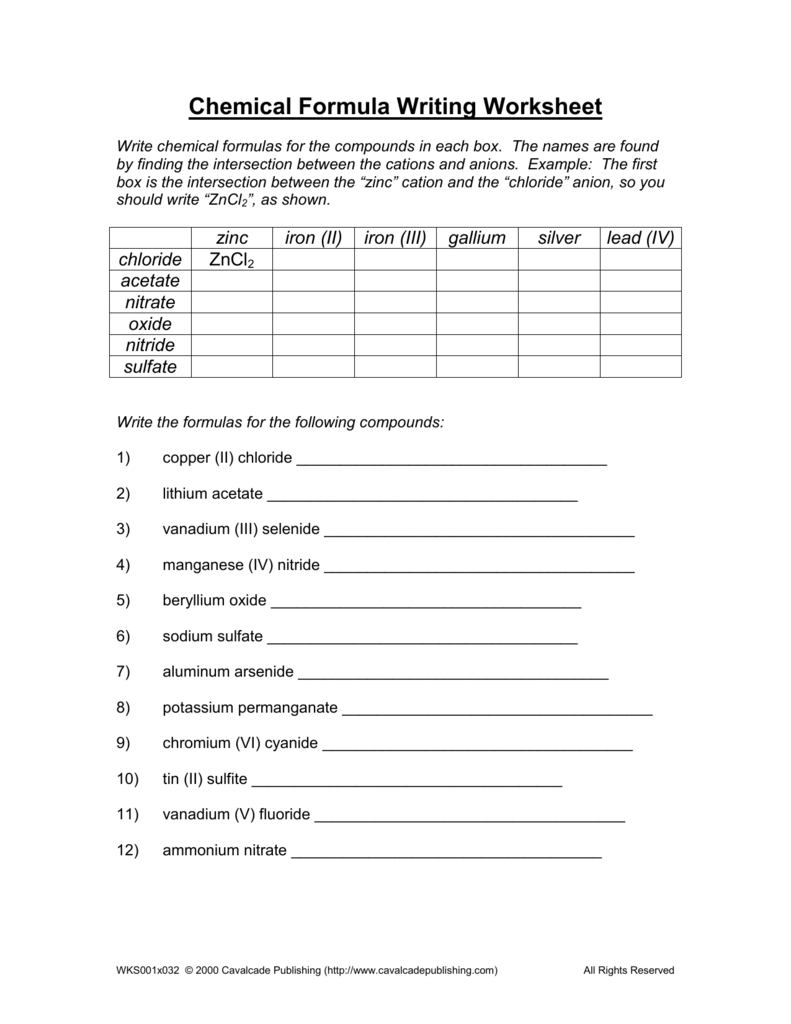

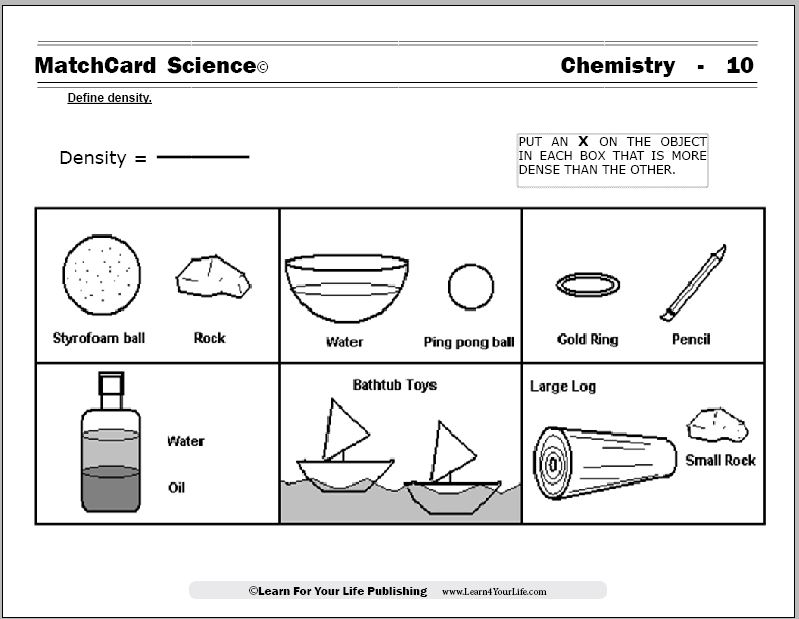
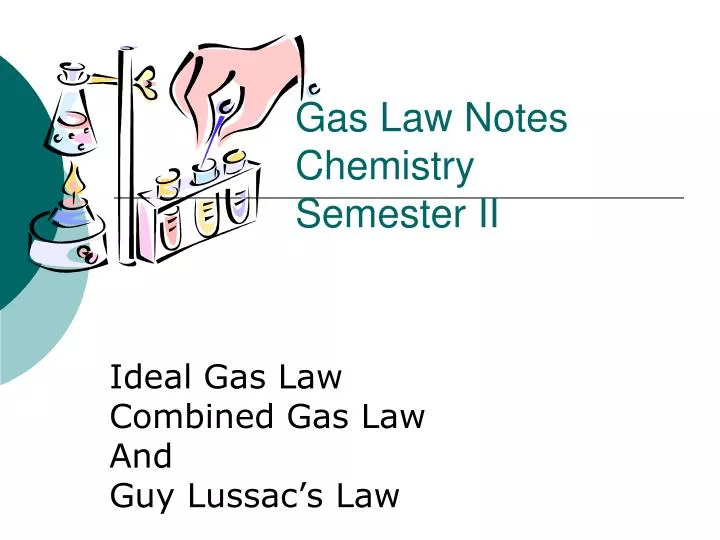


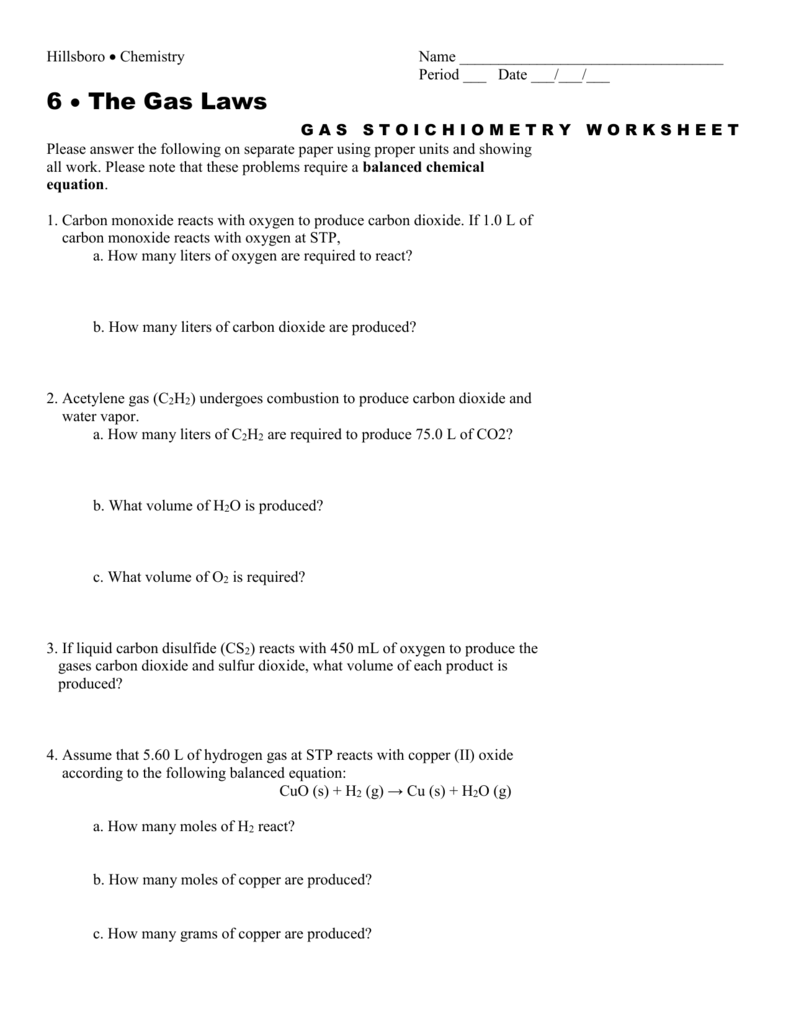




No comments:
Post a Comment
Note: Only a member of this blog may post a comment.